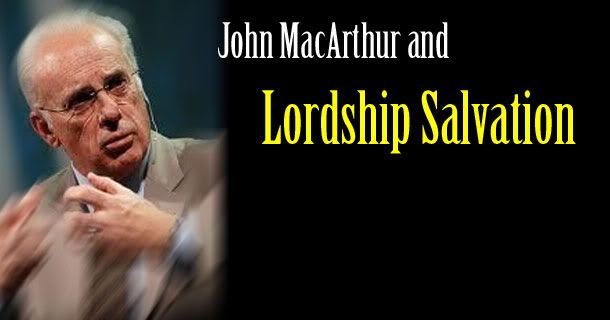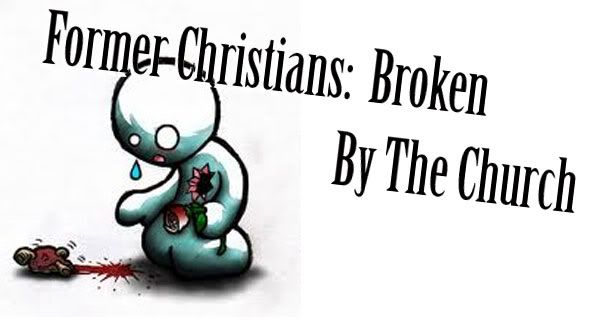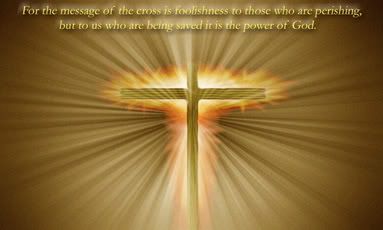One tendency in the church at large from generation to generation is to claim that the previous generation or tradition is somehow inadequate or even apostate. It’s a sinful activity, but can easily be seen in today’s charismatic groups, sighting what they believe as anti-spiritual or anti supernatural teachings and tendencies in previous traditions handed down throughout the centuries.
E.W. Kenyon wrote in his essay, Do you believe in Miracles?, that “Christianity began in miracles; it is propagated by miracles. Every New Birth is a miracle; every answer to prayer is a miracle; every victory over temptation is a miracle. When Reason takes the place of the miraculous, Christianity loses its virility, fascination, and fruitfulness.” To which, the author of this paper wholeheartedly agrees. But Kenyon goes on to write, “On the other hand, we have those who are contending for an original, miraculous, element in Christianity, but declaring that miracles ceased with the death of the apostles; that Christianity does not need the miraculous today to convince men of the Deity of Jesus.”
This claim against a strawman version of the church, a church that denies any supernatural element in the body of Christ that Kenyon writes about may have been an argument of his day, and indeed there is a sort of extremism at work in the body of Christ as whole even in our own times. But Martin Luther, the sixteenth century reformer of the Christian church writes in his small catechism explanation of the third commandment:
We should fear and love God, and so we should not use his name to curse, swear, practice magic, lie or deceive, but in every time of need call upon him, pray to him, praise him and give him thanks.
“Call upon him, pray to him, praise him and give him thanks”. Martin Luther is saying here that God is our ultimate provider, even if we don’t recognize our provision as being from God in the first place. In his explanation of the Lord’s Prayer, he writes:
What is meant by daily bread? Everything required to satisfy our bodily needs, such as food and clothing, house and home, fields and flocks, money and property; a pious spouse and good children, trustworthy servants, godly and faithful rulers, good government; seasonable weather, peace and health, order and honor; true friends, faithful neighbors, and the like.
Are Kenyon’s charges against historic Christian beliefs founded in reality? The problem with the claim that miracles are still needed in the church today is that those who press for a more “miraculous” church fail to recognize the single most important miracle God has performed. Faith is a miracle. Faith in times of trouble is a miracle. Faith in times of want is a miracle. As the apostle Peter wrote in his first epistle:
Praise be to the God and Father of our Lord Jesus Christ! In his great mercy he has given us new birth into a living hope through the resurrection of Jesus Christ from the dead, and into an inheritance that can never perish, spoil or fade—kept in heaven for you, who through faith are shielded by God’s power until the coming of the salvation that is ready to be revealed in the last time. In this you greatly rejoice, though now for a little while you may have had to suffer grief in all kinds of trials. These have come so that your faith—of greater worth than gold, which perishes even though refined by fire—may be proved genuine and may result in praise, glory and honor when Jesus Christ is revealed. (1 Peter 1:3-7 NIV)
“Your faith—of greater worth than gold, which perishes even though refined by fire”. Placed in it’s context, this passage shows that God see’s our faith as having greater worth than even gold. Signs and wonders are not necessary when true God given faith is present. What more could a believer want? Unfortunately, believers still caught in a sinful condition often desire more than just faith from a God who reveals himself to be merciful to the highest. In fact, more often than not, sinful people want to set themselves up as God.
Early Baby Boomer Culture
Once the ideology of “positive thinking” made it’s way into the culture, it wasn’t long before it merged with protestant liberalism5. Timothy Leary, in a speech given at Berkley, September 1966, said, “Like every great religion of the past we seek to find the divinity within and to express this revelation in a life of glorification and the worship of God. These ancient goals we define in the metaphor of the present—turn on, tune in, drop out." Unfortunately, again, we have someone who is not in touch with historic Christianity and proffessing to speak for it. St. Paul, in his letter to the Galatians spoke quite plainly:
May I never boast except in the cross of our Lord Jesus Christ, through which the world has been crucified to me, and I to the world. (Galatians 6:14, NIV)
Historic Christianity is not concerned with “the divinity within”, as Timothy Leary suggested. Our faith is “objective”, rooted in the finished work of Christ on our behalf. Subjectivity, on the other hand, is a prime property of protestant liberalism. Fredrick Schleiermacher (1768-1834), the father of protestant liberalism, taught:
“As regards Christian theology, it is not its business to formulate and establish a system of objective truth, but simply to present in a clear and connected form a given body of Christian faith as the contents of the Christian consciousness. Dogmatic theology is a connected and accurate account of the doctrine held at a particular time in a given section of the Christian church. But such doctrines as constitute no integral part of the Christian consciousness — e.g. the doctrine of the Trinity — must be excluded from the theological system of the evangelical theologian.”6
Schleiermacher, of course, is not the first individual to make such statements. However, this view began to proliferate throughout Christendom, even as his views on psychology and philosophy made inroads into the culture at large. Systematic Theologian Paul Tillich (1886-1965), Student of Hermeneutics and psychologist Wilhelm Dilthey (1833-1911), Lutheran theologian Richard Rothe (1799-1867), and Southern Baptist E.Y. Mullins (1860-1928), to name a few were all highly influenced by Schleiermacher. Perhaps it’s easy to see how the collective works of these men and other theologians would have affected people such as E. W. Kenyon and Norman Vincent Peale.
As time wore on, and baby boomers grew up to take over the pulpits of the Americas, and “Boomer” theology began to take hold. Televangelists became the rule of the day, but in true historical fashion, most of these televangelists reacted against a perception of historic Christianity that is patently unfounded. Among evangelicals in the United States, the formula “no creed but Christ” became popular as the body of churches moved away from confessional Christianity to a more liberalistic form. The boomers early experiences with eastern cultures and religions made inroads as well, and a new experiential kind of Christianity sprang into being. Speaking in tongues became popular outside of Pentecostal traditions, setting the scene for today’s more prolific prosperity gospel.
~~~~~~~~~~
~~~~~~~~~~
5 see also Fredrick Schleiermacher, protestant liberalism turned most of Christianity away from Jesus’ work for our salvation to a religion of the inner man. See also Pietism.
6 See http://en.wikipedia.org/wiki/Friedrich_Schleiermacher , section on religious system, paragraph 5.







 7:27 PM
7:27 PM
 Matthew
Matthew



